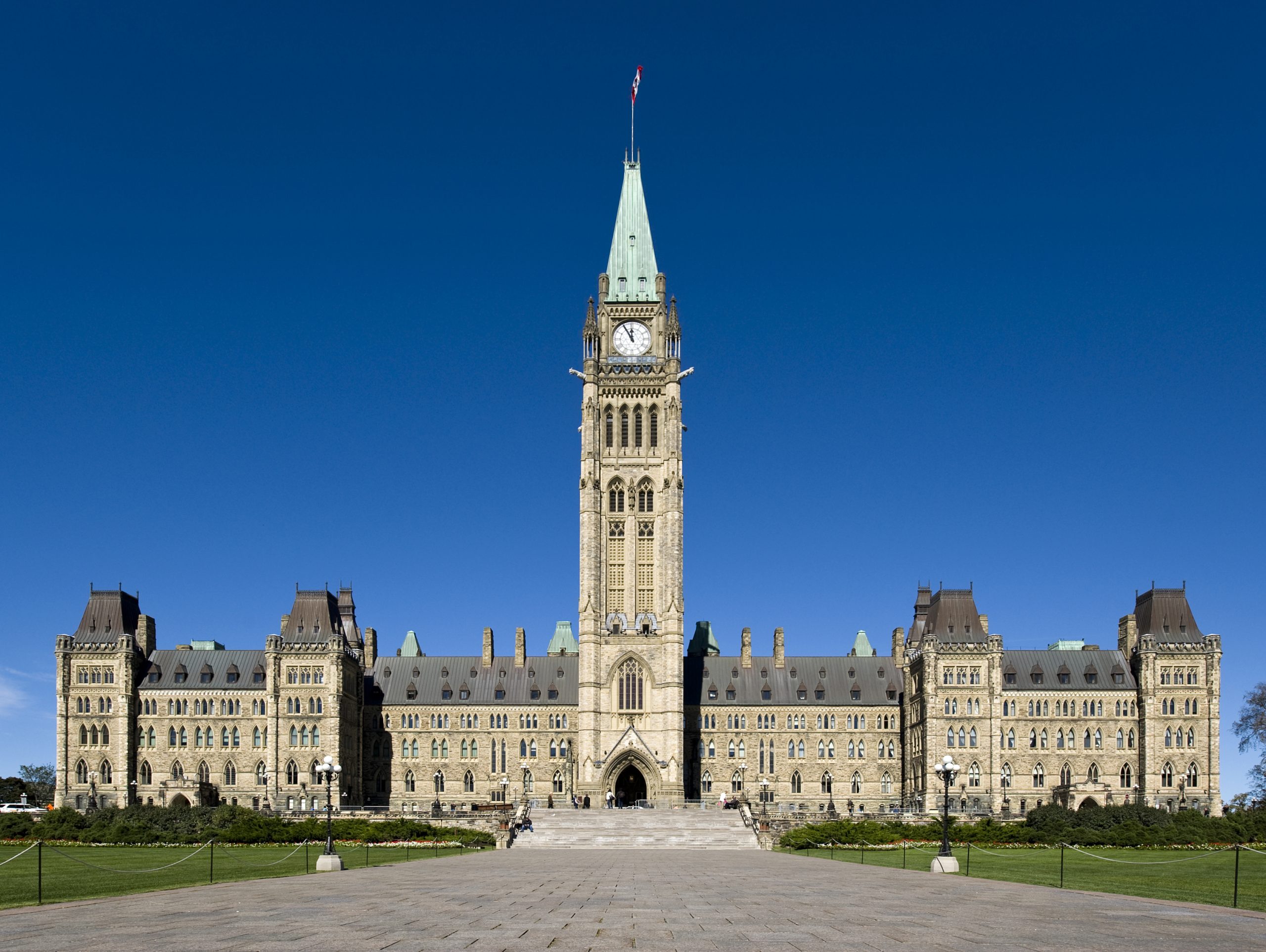The City of Prince George scored somewhat favourably in the proportion of expenditures that go to “core” responsibilities when compared to other municipalities, but there’s still room for improvement, according to a study released Wednesday by a right-wing think tank.
According to the Frontier Centre for Public Policy, the equivalent of $2,216 per Prince George household was spent on “core” responsibilities in 2007, but $1,855 was spent on “non-core” items the FCPP maintains the private sector can just as easily provide.
The split between the two works out to 54.4 per cent for core and 45.6 per cent for non-core items, which FCPP senior policy analyst David Seymour said is slightly better than the 47-51 split for B.C. muncipalities as a whole and 52-47 for municipalities across Canada.
Seymour, one of two authors of the report, said services were deemed core items if they are either natural monopolies, where it makes sense to have a single provider of a service, or are public goods, where the only way to make people pay for a service is taxation.
“For instance, the police force — everybody benefits when the streets are safe so it makes sense that everybody should pay through taxation,” Seymour said.
The FCPP also considers firefighting, garbage collection, sewer and water, public transit and planning as core services.
Non-core items in the FCPP‘s view include some activities Prince George’s city hall is not involved in, such as social housing and health services, but others that make up a large proportion of the city’s budget, such as general government and recreation and culture.
“For example, an ice skating rink, while very popular, is not an example of a public good and it’s certainly not a natural monopoly, so we question whether it’s right for a municipality to tax people who may not choose to use it to provide that,” Seymour said
.
But he acknowledged it’s a subject of debate.
“Obviously people are going to dispute that and say ‘we don’t want just roads, rubbish and storm water, we actually want various amenities in our city as well,'” Seymour said. “We’re not going to go on a kind of ideological crusade about where it should be — what we want to do with this index is give people a basis to say ‘here’s how this city compares to others nearby.'”
According to the city’s 2008 budget book, 47 per cent of the cost of Prince George’s community arenas is covered by taxation and the rest largely through user fees, while the taxpayer subsidy for the city’s pools is 60 per cent.
According to the FCPP, city expenditures in 2007 worked out to $4,074 per household, with $1,067 or 26 per cent going towards protective services, $720 or 18 per cent going towards recreation and culture and $493 or 12 per cent to administrative costs.
Roughly 46 per cent of the city’s operating budget went to salaries and benefits, about on par with other municipalities. But Seymour said there are municipalities in Australia and New Zealand where such expenses amount to 25 per cent.
“They simply tend to have a lot more private contractors,” he said. “The other thing you’ve got to remember is Canada and the United States is almost unique in the world in that the police force are municipal employees.”
Ninety per cent of the Prince George RCMP’s budget is covered by the city and is projected to be $17.8 million by the end of 2008.
Seymour also made note of the city’s seemingly high long-term debt of $4,165 per household, 4.13 times the Canadian average. However, 50 to 60 per cent of that is for the lease-in, lease-out agreement with Terasen Gas which has been a revenue generator for the city.
Prince George has a surplus of assets over liabilities of $2,497, compared to the average for B.C. municipalities of $1,519 and for across Canada of $1,353, which the FCPP said shows most municipalities are in good financial shape.
The study, which looks at the financial performance of 79 Canadian cities across 49 indicators, can be found at: www.fcpp.org.


